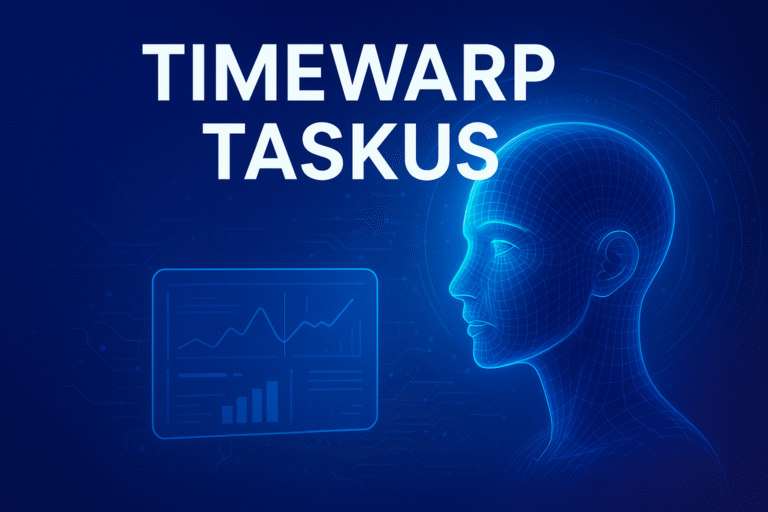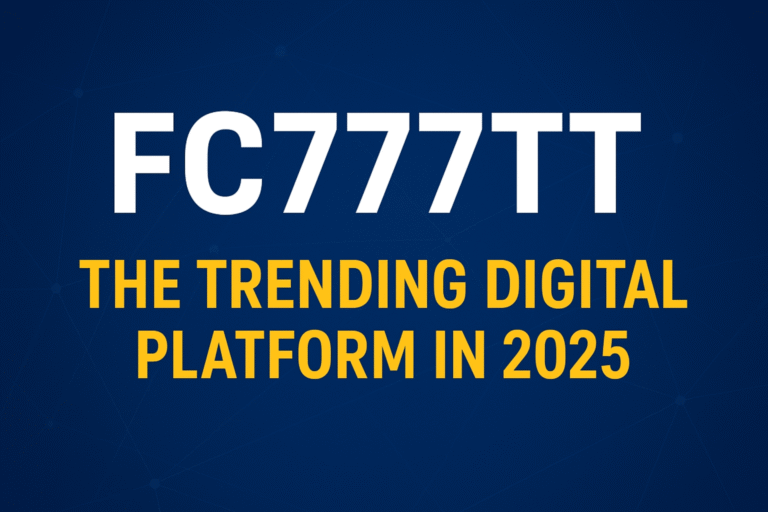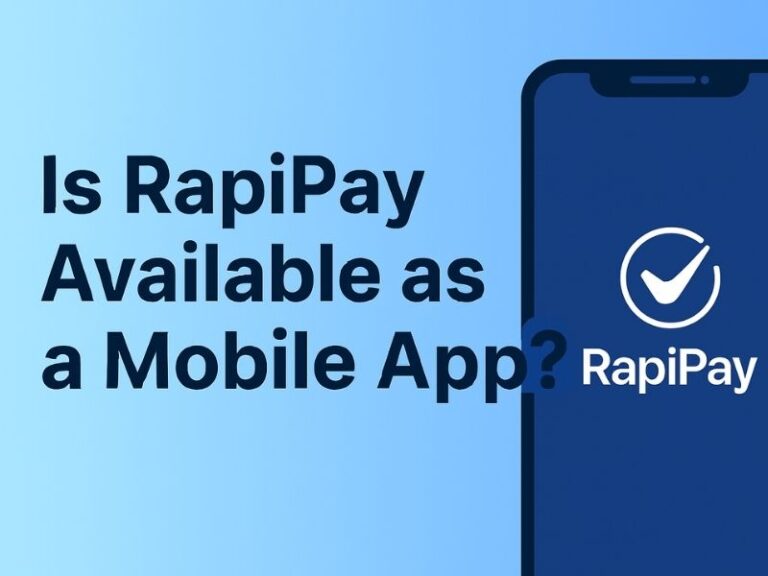In the current business environment, efficient procurement processes play a significant role in organizations’ success as they help to optimize operations, minimize costs, and bolster competitiveness. As a result of digitalization, procurement platforms have been introduced, which represent an efficient solution for the full order process. Yet, the key issue is selecting the most suitable procurement platform out of the large number of options available in the market. We will look at some useful tips in this article to help you pick the most suitable procurement platform tailored to your organization’s needs.
- Understand Your Requirements
Before you start searching for a perfect procurement platform, it is highly important to conduct a detailed evaluation of your organization’s specific requirements. Evaluate what you are doing now about procurement, find what creates pain, and identify the areas that you want to improve. Do you have a system that can do the heavy lifting of complicated sourcing situations, simplify contract administration, and provide sophisticated analytics and reporting features? Through the description of the requirements, you can choose platforms that best meet your requirements and eliminate the rest.
- Analyze and Improve the User Experience and User Interface
A procurement platform’s success strongly depends on user adoption and participation. Search for platforms that have a user-friendly interface and navigation, keeping in mind the learning curve of your team and ensuring simplicity. The platform must be well organized to help users find the necessary information quickly, create orders, track them easily, and collaborate without any difficulties. Moreover, include platforms that have a mobile-friendly design, thus allowing your team to undertake procurement activities even when they are out of the office.
- Prioritize Integration Capabilities
Continuously, it becomes a must that the new systems are integrated with the existing ones, in today’s fast-paced and networked business environment. Find out about how our solution is linked to your enterprise resource planning (ERP), customer relationship management (CRM), and other main systems. A smooth system integration will ease the data transfer, make it impossible for the redundancy of entries which may cause errors, and eventually boost the efficiency of the whole system.
- Scalability and Flexibility
The process of a business’s growth is very dynamic, so its procurement requirements also tend to evolve constantly. Go for a procurement platform that can be utilized easily as well as is scalable to cater for your current and future requirements. Search for platforms that allow for efficient workflow configuration, dashboards that can be customized, and an expandable computing power that can handle increasing volumes of transactions without affecting performance. Furthermore, the possibility to use a number of currency options as well as languages is also a plus factor, and it helps to develop your business on the international platform.
- Secure and Compliance-driven Features
Procurement platforms are in charge of working with such private data, in case of financial records, supplier details, and contract details. Make sure the tool you have selected comes with security and compliance as the main features. Identify systems that come with robust access controls, data encryption, and auditing capabilities which allows your organization to be protected from cyberattacks and at the same time be compliant with the regulatory requirements. Besides, the decision support systems must be designed to offer balanced and auditable records to ensure transparency and accountability.
- Sophisticated Data Analytics and Reporting
Data-driven knowledge is the foundation upon which the procurement decisions that are well-thought-out and processes that are optimized are made. Study thoroughly the analytics and reporting features of the procuring platform with the assurance that it will provide many dashboards and reports which are customizable and give real-time visibility of the key performance indicators (KPIs). Utilizing the latest analytics, you can pinpoint which areas have savings potential, monitor suppliers’ performance, and make the most appropriate sourcing decisions.
- Contract Management and Lifecycle Tracking
Contract management is among the most important elements of the procurement process. Test the platform’s capabilities to manage, keep, and track contracts during their entire lifespan. Try to find the platforms that provide version control, automatic notifications for upcoming renewals or expirations, and advanced search options so that you may quickly get the contract-related information.
- Spend Analysis and Cost Optimization
Achieving transparency in your organization’s spending behavior is of great importance for identifying cost-saving opportunities and procurement optimization. Search for places that have strong spend analysis features that allow you to record and categorize expenses, check budgets, and find areas for cost reduction or supplier negotiation.
- Approval Workflows and Authorization Controls
One of the ways to make procurement operations smooth is to streamline approval processes. Evaluate the platform’s capability to adopt a customizable approval workflow depending on the predefined rules, thresholds, and hierarchies. This feature may be used to keep control of spending, make sure compliance rules are not violated, and prevent unapproved purchases, thus reducing delays and bottlenecks.
- Mobile Availability and Remote Functionality
Nowadays, with the mobile workforce that is dispersed and distributed, the procurement platform that provides great mobile accessibility and remote capabilities is one of the main considerations. Find platforms that either have mobile native apps or responsive web interfaces that will allow your team to access and manage procurement tasks, approve requests, and access critical information from anywhere and using any device. This feature is important for ensuring business continuity and providing your employees with the ability to stay productive even when working from remote locations.
- Artificial Intelligence and Automation
The integration of AI and automation technologies is a great step towards improving the accuracy and speed of procurement processes. Investigate platforms that use AI for purposes like spend analysis, contract risk assessment, supplier risk scoring, and predictive analytics. Add to this a platform that has automation capabilities for the routine tasks of purchase order creation, invoice matching, and approvals, which in turn reduce manual labor and ensure accuracy.
- Community and Collaboration Features
In many corporations, procurement often involves stakeholders from different departments. Look for platforms that support collaborative and interactive activities through functionalities like discussion forums, shared workspaces, and project management tools. These competencies are instrumental in bringing together team members across functions, thus promoting smooth coordination and knowledge exchange.
Conclusion
The selection of the best procurement platform is a very critical decision that should be made by keeping in mind your organization’s unique requirements and also considering factors like user experience, integration capabilities, scalability, security, analytics, vendor support, and advanced features such as vendor management, contract lifecycle tracking, spend analysis, approval workflows, and collaboration tools. Through a rigorous evaluation of your requirements and the different platforms available, you can choose a platform that automates the purchase order process, improves the effectiveness of procurement, and adds long-term value to your business.






